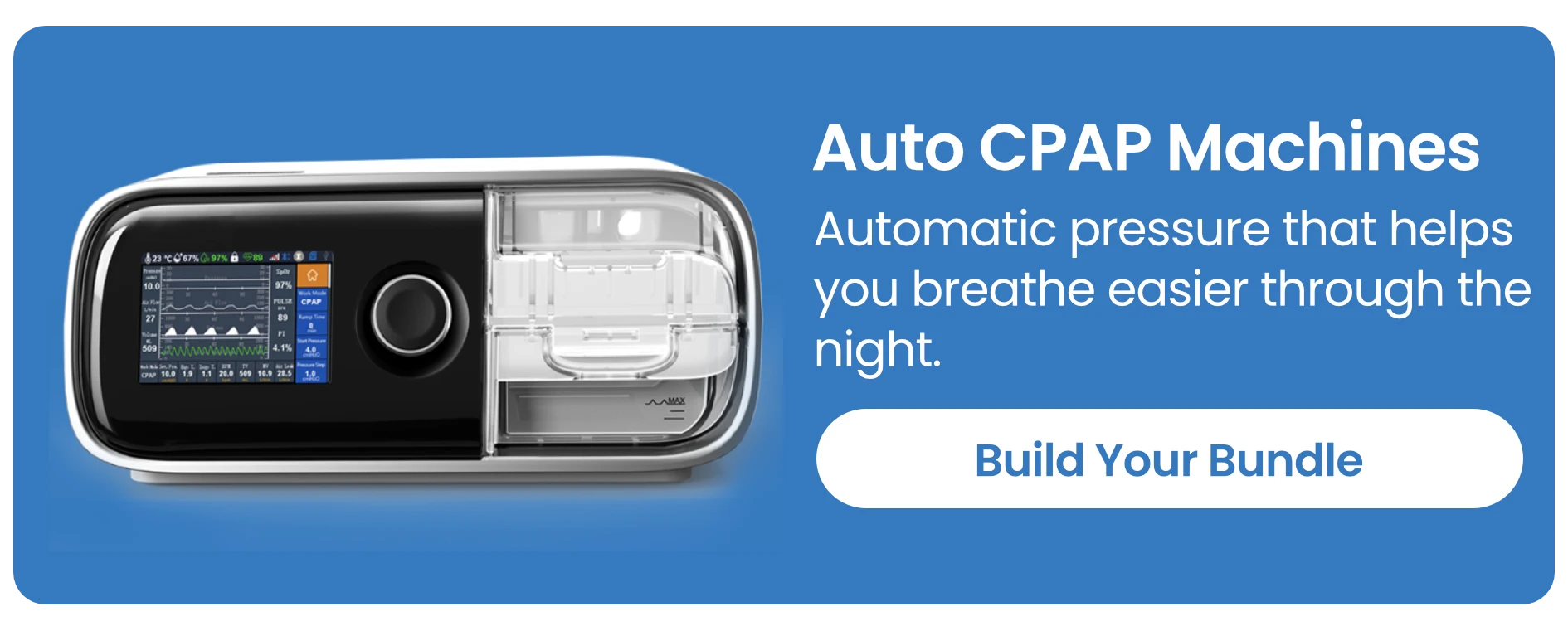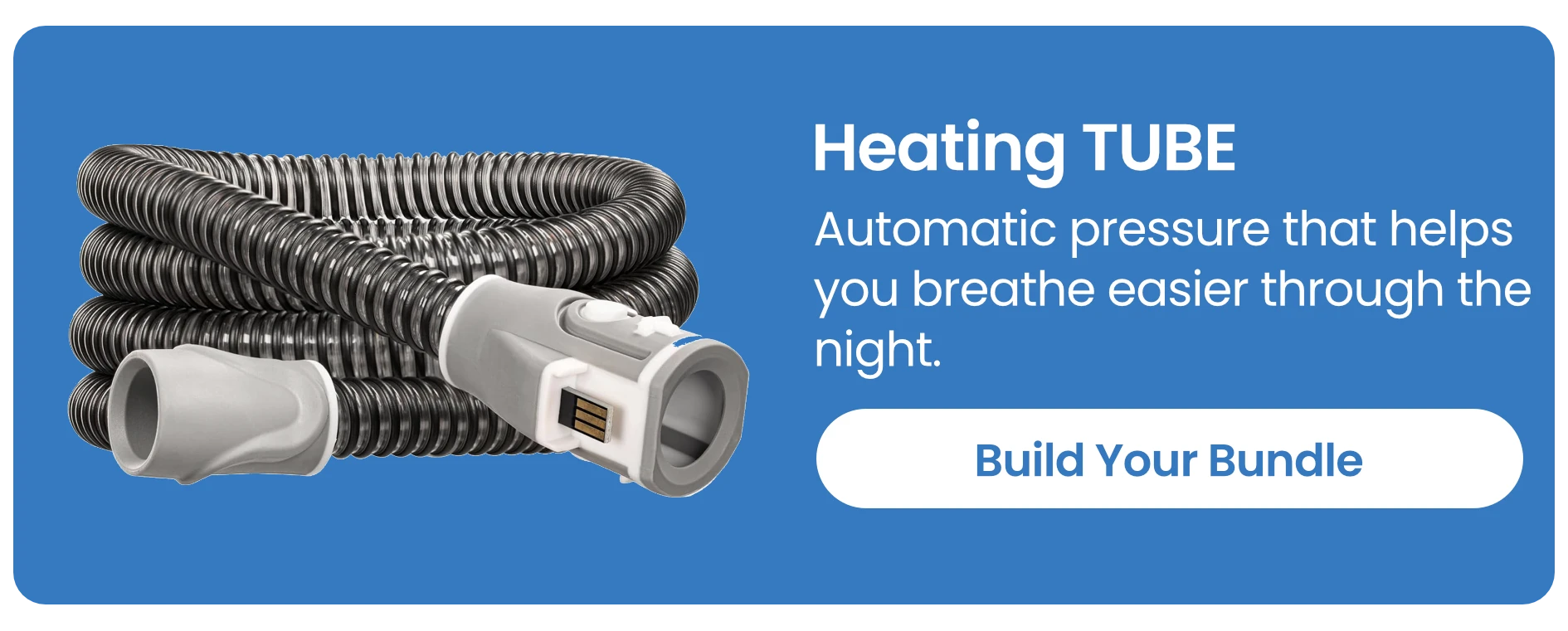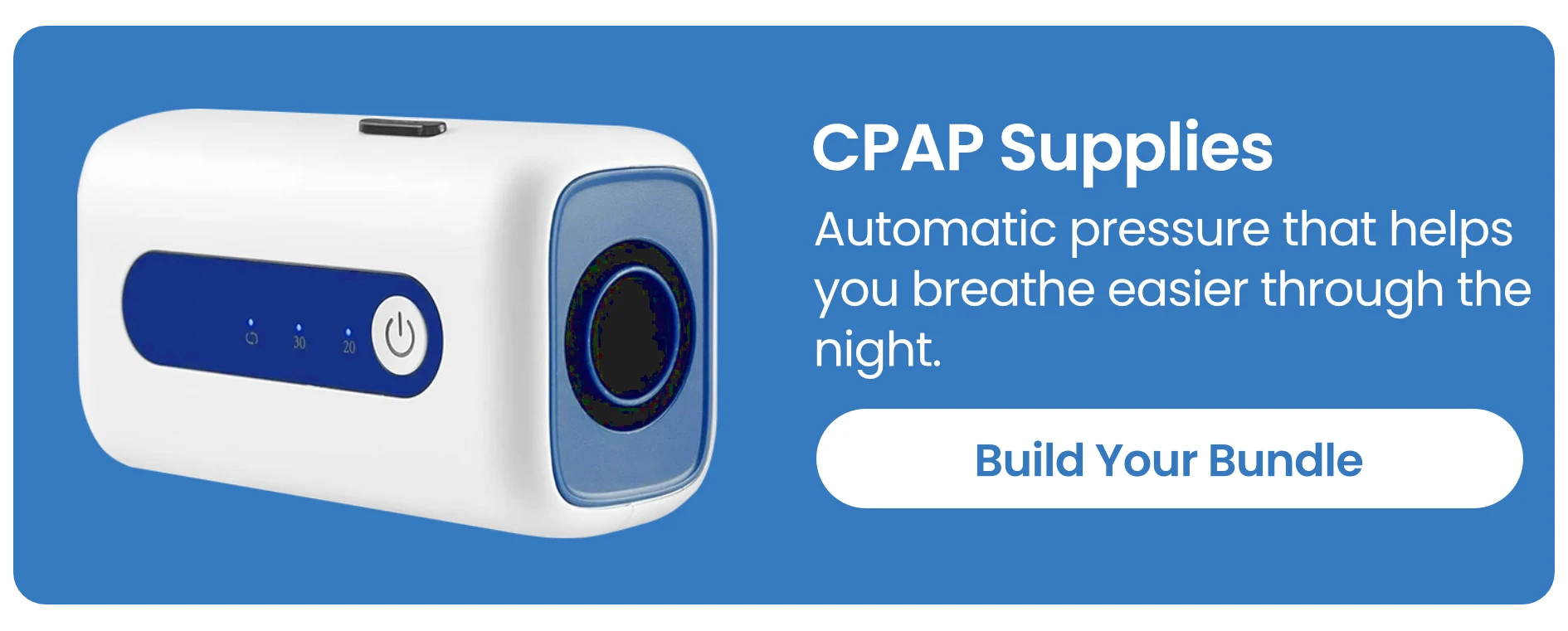How CPAP Transforms Your Breathing (and Sleep)
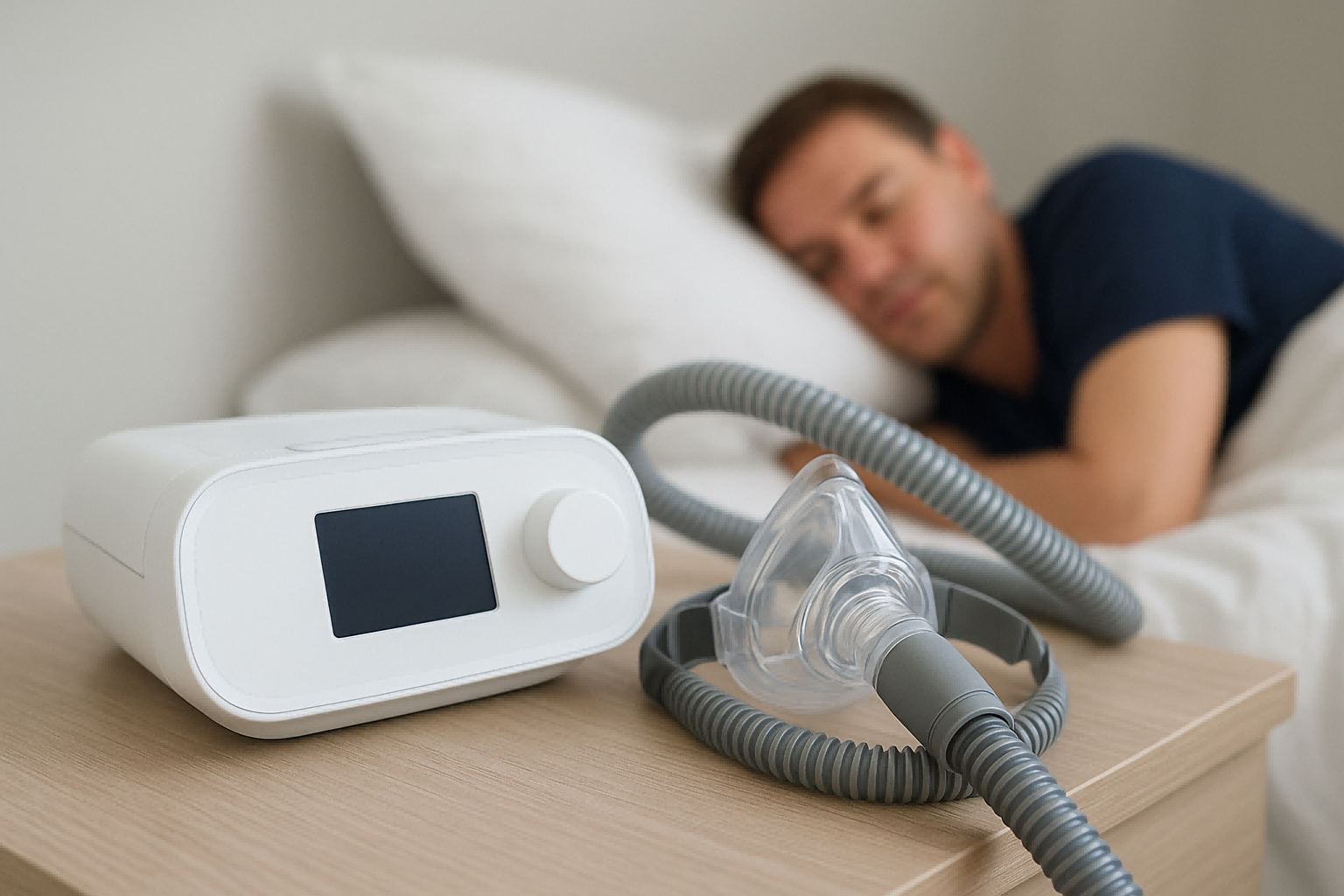
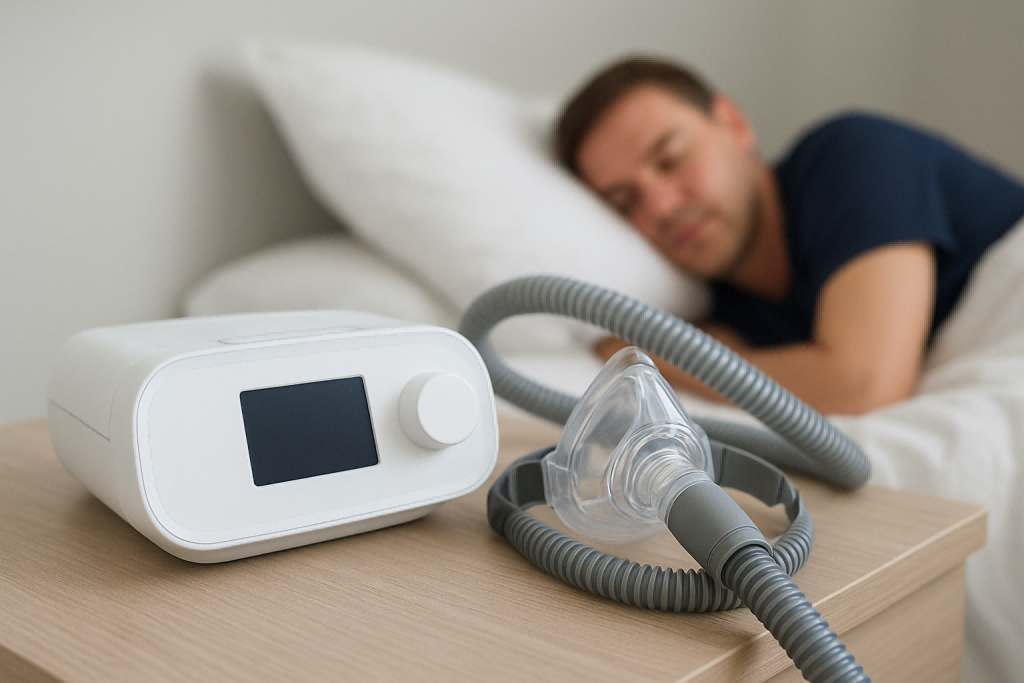
For millions of people worldwide, sleep isn’t restful — it’s interrupted by shallow breaths, loud snoring, or even pauses in breathing. This condition, often caused by obstructive sleep apnea (OSA), affects not only nighttime rest but also long-term health. Fortunately, one simple yet powerful solution exists: Continuous Positive Airway Pressure (CPAP) therapy.
CPAP has become the gold standard for treating sleep apnea because it addresses the root of the problem — blocked airways. By ensuring steady airflow throughout the night, CPAP not only transforms your breathing but also restores quality sleep and improves overall well-being.
In this article, we’ll explore exactly how CPAP changes your nights and your life, from better breathing to lasting health benefits.
What is CPAP and How Does It Work?
At its core, CPAP therapy involves a small machine that delivers a continuous stream of pressurized air through a mask worn over the nose, mouth, or both. This gentle air pressure acts like a pneumatic splint, keeping the airway open and preventing it from collapsing during sleep.
The beauty of CPAP lies in its simplicity and effectiveness: with each breath supported by steady airflow, the body no longer struggles for oxygen, and sleep cycles can proceed uninterrupted.
A Brief History of CPAP Technology
Interestingly, CPAP therapy isn’t that old. The first CPAP machine was developed in 1981 by Australian researcher Dr. Colin Sullivan. What started as a bulky experimental device has now evolved into sleek, quiet, and even smart CPAP machines that adapt automatically to a sleeper’s needs.
This progression shows just how far sleep medicine has come in improving people’s lives.
Who Needs CPAP Therapy?
CPAP is most commonly prescribed for people with moderate to severe obstructive sleep apnea. Signs you may need CPAP include:
- Loud, chronic snoring
- Gasping or choking during sleep
- Morning headaches
- Daytime sleepiness and fatigue
- Difficulty concentrating
Doctors typically diagnose sleep apnea through a sleep study (polysomnography), after which CPAP therapy may be recommended.
The Science of Obstructive Sleep Apnea
Sleep apnea occurs when the soft tissues in the throat relax too much during sleep, collapsing the airway and blocking airflow. These pauses in breathing (called apneas) can happen dozens or even hundreds of times a night, leading to oxygen deprivation and fragmented sleep.
Over time, untreated apnea increases the risk of serious health issues such as high blood pressure, heart disease, diabetes, and even stroke.
Symptoms That Affect Breathing and Sleep
Many people dismiss loud snoring or waking up tired as normal. However, sleep apnea symptoms often include:
- Irregular breathing patterns during sleep
- Dry mouth or sore throat upon waking
- Restless tossing and turning
- Night sweats or frequent awakenings
These signs indicate your breathing — and by extension, your sleep — isn’t functioning as it should.
Health Risks of Untreated Sleep Apnea
Ignoring sleep apnea can have long-term consequences. Oxygen deprivation stresses the body, leading to:
- Elevated blood pressure
- Irregular heartbeat (arrhythmias)
- Insulin resistance and metabolic issues
- Weakened immune function
- Increased risk of accidents due to fatigue
This is why CPAP therapy is life-changing, not just sleep-changing.
The Mechanics of CPAP: How It Transforms Breathing
The most immediate change people notice with CPAP therapy is easier, uninterrupted breathing. By keeping the airway open, CPAP eliminates the gasps, snorts, and pauses that define sleep apnea.
Air Pressure and Airway Support
The continuous flow of pressurized air acts as a gentle cushion, preventing airway tissues from collapsing. This ensures oxygen moves freely into the lungs with every breath.
Oxygen Flow and Lung Efficiency
With stable breathing comes better oxygen delivery. This means the body no longer struggles for air, and organs like the heart and brain receive consistent oxygen levels.
CPAP’s Role in Reducing Nighttime Snoring
Snoring is often the result of vibrations in a partially blocked airway. CPAP stops this by holding the airway open, giving both the sleeper and their partner a quieter night.
How CPAP Improves Sleep Quality
Breathing is only half the story. Restful sleep requires uninterrupted cycles of light, deep, and REM sleep.
Restoring Natural Sleep Cycles
Without apnea-related awakenings, sleepers can finally move smoothly through the stages of sleep. This restoration allows the body to heal and recharge properly.
Deep Sleep and REM Restoration
Deep sleep is where physical recovery happens, while REM sleep supports memory, learning, and mood regulation. CPAP makes these cycles possible by eliminating interruptions.
Waking Up Energized and Refreshed
Instead of dragging through the morning, CPAP users often wake up clear-headed, energized, and ready to face the day — something many haven’t experienced in years.
Long-Term Health Benefits of CPAP Therapy
Beyond better nights, CPAP therapy has powerful effects on long-term health.
Heart and Cardiovascular Protection
Untreated sleep apnea stresses the heart, leading to high blood pressure, arrhythmias, and even heart failure. CPAP lowers these risks significantly.
Brain Health and Cognitive Function
Consistent oxygen flow at night supports memory, focus, and mental clarity. Studies show CPAP users often report fewer “brain fog” moments.
Weight Management and Hormonal Balance
Poor sleep disrupts hormones that control appetite and metabolism. CPAP helps regulate these systems, making it easier to maintain a healthy weight.
Lifestyle Improvements with CPAP
When sleep improves, every aspect of daily life feels different.
Daytime Energy and Productivity
With restful sleep, people notice higher energy, sharper focus, and better work performance.
Emotional Well-Being and Reduced Anxiety
Poor sleep worsens mood swings, irritability, and stress. CPAP promotes emotional balance, helping reduce symptoms of anxiety and depression.
Stronger Relationships and Better Mood
Snoring can strain relationships. With CPAP, partners sleep better too, leading to happier mornings and stronger connections.
Overcoming Common CPAP Challenges
Adjusting to CPAP therapy can take time, but persistence pays off.
Adjusting to the Mask and Pressure
Some feel uncomfortable at first. Trying different mask styles or adjusting pressure settings with a doctor’s help can make all the difference.
Managing Dryness, Irritation, or Claustrophobia
Heated humidifiers, mask liners, and gradual acclimatization help reduce discomfort.
Travel-Friendly CPAP Solutions
Portable CPAP machines and battery packs now make it possible to stick with therapy anywhere — whether camping or flying overseas.
Modern Innovations in CPAP Therapy
The future of CPAP is bright, with new features that make therapy easier and smarter.
Smart CPAP Machines and AI Integration
Some machines now automatically adjust airflow based on real-time breathing patterns and provide nightly sleep reports via apps.
Portable and Travel-Ready CPAP Devices
Lightweight designs allow users to carry therapy anywhere without hassle.
Future of Sleep Technology
Integration with wearable tech, cloud data, and telemedicine is making CPAP therapy more personalized and effective than ever before.
FAQs About CPAP Therapy
How soon will I feel better after starting CPAP?
Many users notice improvements within the first few nights, though for some it may take several weeks to fully adjust.
Can CPAP cure sleep apnea completely?
CPAP doesn’t cure apnea but effectively manages it by preventing airway collapse. Consistent use is key.
What happens if I stop using my CPAP?
Symptoms like snoring, fatigue, and oxygen drops return quickly — sometimes within a single night.
Is CPAP uncomfortable to wear every night?
It can be at first, but with proper mask fitting and adjustments, most users adapt quickly.
Do I need CPAP for the rest of my life?
Most people do, though some may see improvements if they lose weight or undergo certain treatments. Always consult your doctor.
Can CPAP help with snoring alone?
Yes. Even if apnea is mild, CPAP can dramatically reduce or eliminate snoring.
Conclusion: Breathing Easier, Living Better with CPAP
Sleep apnea doesn’t just rob you of rest — it puts your long-term health at risk. CPAP therapy offers a proven way to restore natural breathing, improve sleep quality, and boost overall well-being. While the adjustment may take patience, the rewards are life-changing: deeper rest, sharper focus, better moods, and a healthier heart.
For anyone struggling with sleep apnea, CPAP is more than a machine — it’s the pathway to breathing easier and living better.
🔗 For further reading, you can explore the American Sleep Apnea Association for trusted resources and guidance.







